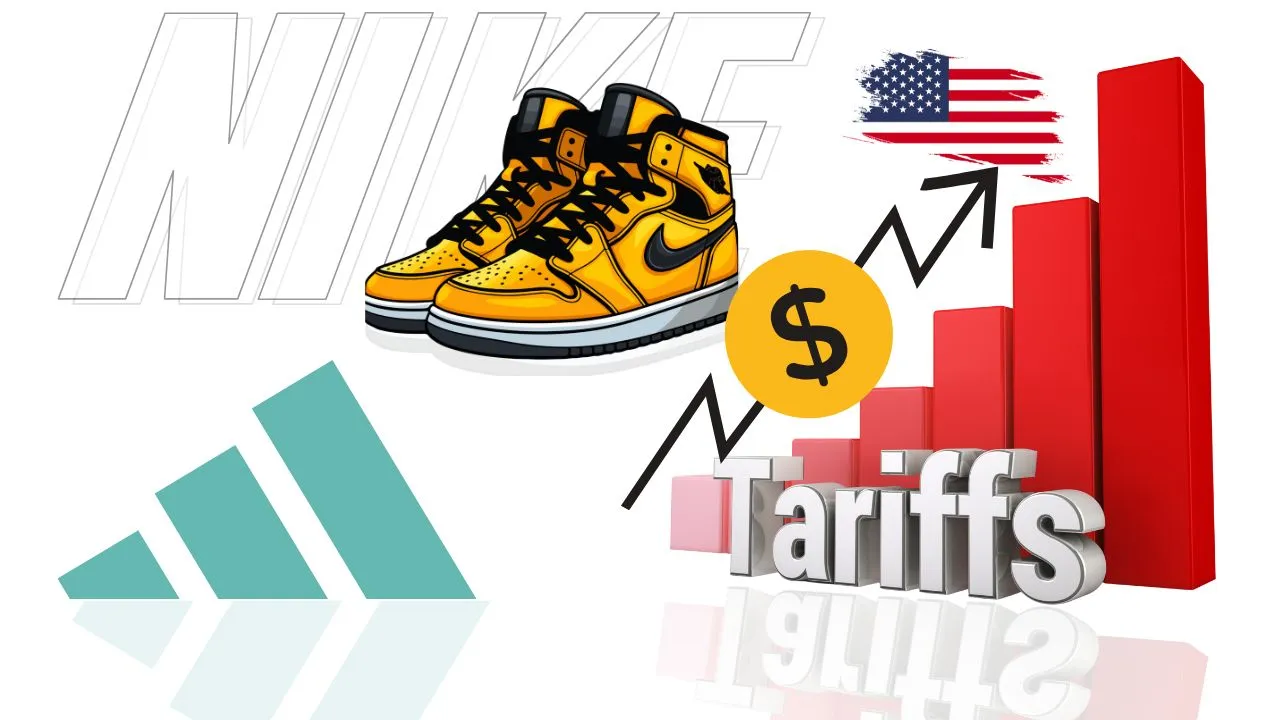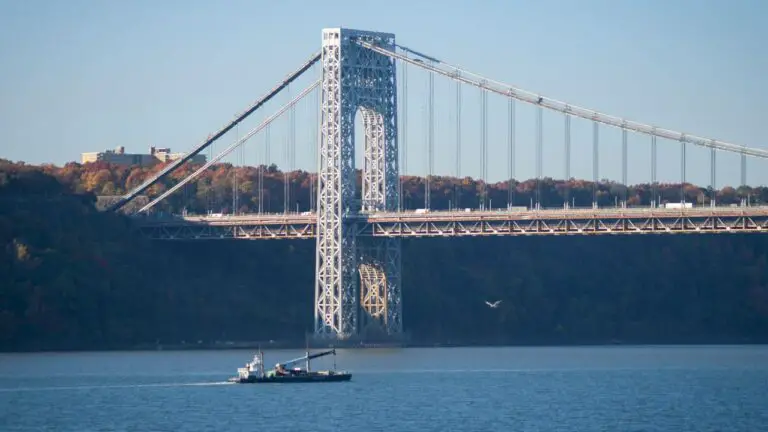Trump’s Tariffs Trigger Price Hikes: Nike, Adidas, and Others Pass Costs to U.S. Consumers
In a move that’s sending ripples through the retail sector, sportswear giants Nike and Adidas have announced price increases across their product lines in the United States, citing the financial strain imposed by President Donald Trump’s sweeping new tariffs. These import taxes, targeting goods from over 90 countries, are reshaping supply chains and driving up costs for companies heavily reliant on overseas manufacturing. As a result, American consumers are bracing for higher prices on everything from sneakers to luxury goods, with several major brands joining Nike and Adidas in passing tariff-related costs onto shoppers.
Nike’s “Surgical” Price Hike Strategy
Nike, the world’s leading sportswear brand, is grappling with an estimated $1 billion hit from Trump’s tariffs, particularly on goods from key manufacturing hubs like Vietnam, China, and Indonesia. In response, the company has rolled out what it calls a “surgical price increase” set to begin this fall, following an earlier round of hikes that started June 1, 2025. Footwear priced between $100 and $150 will see increases of up to $5, while shoes over $150 could rise by as much as $10. Adult apparel and equipment prices are also climbing, with hikes ranging from $2 to $10, though children’s products and select lines like Nike Air Force 1s and Jordan products are exempt to ease the burden on families during back-to-school season.
“We regularly evaluate our business and make pricing adjustments as part of our seasonal planning,” Nike stated, though industry analysts point to tariffs as the primary driver. Chief Financial Officer Matthew Friend emphasized during a June 26 earnings call that the company aims to “fully mitigate” the tariff impact over time by optimizing its supply chain, reducing reliance on China (currently accounting for 16% of its footwear imports) to single-digit percentages by fiscal 2026, and exploring corporate cost reductions. Despite a 12% revenue decline last quarter, Nike’s stock surged over 15% after the announcement, signaling investor confidence in its mitigation strategy.
Adidas Faces Similar Pressures
Adidas, Nike’s chief rival, is also feeling the heat, projecting a €200 million ($231 million) cost increase in the second half of 2025 due to tariffs on goods from Vietnam (which accounts for 39% of its footwear) and other Asian countries. The German sportswear brand has warned of potential price hikes in the U.S. market to offset these costs, with analysts predicting a 10-12% increase on running shoes and sportswear. Adidas shares dropped 11% after the company disclosed its tariff-related challenges alongside disappointing Q2 results, reflecting investor concerns about shrinking margins in a competitive industry.
The International Apparel Federation, representing manufacturers in 40 countries, called the tariffs a “major shock,” noting that consumers will ultimately bear the cost. With Vietnam facing a 46% tariff and Cambodia 49%, brands like Adidas, which rely heavily on these regions, have limited options to absorb the financial hit.
A Broader Retail Impact
Nike and Adidas are not alone in raising prices. Trump’s tariffs, designed to pressure foreign nations into favorable trade deals and boost U.S. manufacturing, have prompted a wave of cost adjustments across industries. Here’s a look at other major companies passing tariff-related costs onto consumers:
- Walmart: The nation’s largest retailer raised prices on select items by up to 51% between May and June 2025, according to CNBC. Despite efforts to negotiate with suppliers and absorb some costs, CEO Doug McMillon acknowledged that narrow retail margins make it impossible to fully shield consumers from tariff-driven price hikes, particularly on toys, electronics, and imported foods like bananas and coffee.
- Hermes: The French luxury brand has already increased U.S. prices to offset tariffs, with Executive Vice President for Finance Eric du Halgout confirming the move in April 2025. Unlike global price adjustments, these hikes are exclusive to the U.S. market to address tariff-specific costs.
- Procter & Gamble: The maker of Tide, Charmin, and Crest announced price increases on 25% of its products starting in August 2025, citing tariff-related cost pressures. CFO Andre Schulten noted that this exceeds typical pricing adjustments, reflecting the significant impact of import duties.
- Mattel: The toy giant, known for Barbie and Hot Wheels, warned of higher prices on U.S. toys due to tariffs on Chinese imports. The company is diversifying its supply chain but expects price adjustments to be necessary.
- Wendy’s: The fast-food chain cut its sales guidance after a 3-5% drop, attributing part of the decline to higher costs tied to tariffs. This could lead to menu price increases for consumers.
- Stanley Black & Decker: The parent company of DeWalt and Craftsman announced price hikes on tools due to supply chain disruptions and tariff-related production costs, though Home Depot, a major retailer of these products, plans to avoid broad price increases by eliminating certain items.
Online shoppers are also feeling the pinch. DataWeave reported a 2.6% median price increase for over 1,400 China-made products sold on Amazon between January and mid-June 2025, signaling that e-commerce is not immune to tariff effects.
The Tariff Debate
President Trump has framed the tariffs as an economic win, claiming they generate “billions of dollars” for the U.S. and encourage domestic manufacturing. However, critics argue that U.S. importers, not foreign governments, pay these duties, passing costs directly to consumers and fueling inflation. Federal Reserve Chair Jerome Powell warned on June 18, 2025, of a “meaningful amount of inflation” in the coming months as companies adjust prices. The Center for Strategic and International Studies (CSIS) estimates that the tariffs could raise U.S. prices by 7.1% and reduce GDP by 0.08%.
Retailers face a stark choice: absorb the costs and risk profit margins or pass them onto consumers and risk sales. “Companies that worked hard to reduce reliance on China by leaning into countries like Vietnam just learned there really isn’t a place to hide,” said BMO Capital Markets analyst Simeon Siegel. Shifting production to the U.S. is not a quick fix—experts estimate it could take years and significant investment due to the complexity of manufacturing and the lack of domestic textile infrastructure.
Consumer Impact and Industry Response
For American shoppers, the tariff-driven price hikes come at a challenging time. Families already stretched by back-to-school expenses may find sports equipment and apparel less affordable, a concern echoed by 76 companies, including Nike and Adidas, in a letter to Trump in April 2025 requesting a footwear exemption. The plea went unanswered, and with tariffs as high as 54% on some Asian imports, further price increases seem inevitable.
Some companies are exploring alternatives, such as slowing product refresh cycles or cutting production quality to maintain affordability, though these moves risk brand reputation. Others, like Home Depot, are opting to eliminate certain tariff-impacted products rather than raise prices across the board.
As the tariff saga unfolds, with some duties temporarily blocked by federal courts and others under negotiation, the retail landscape remains uncertain. For now, American consumers are left to navigate higher prices on everyday goods, from sneakers to toothpaste, as companies like Nike, Adidas, and others adjust to the new economic reality shaped by Trump’s trade policies.
Stay updated with the latest business news as retailers and consumers adapt to these changes.







